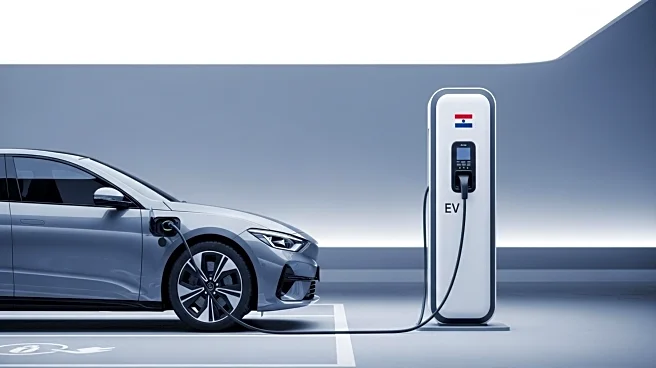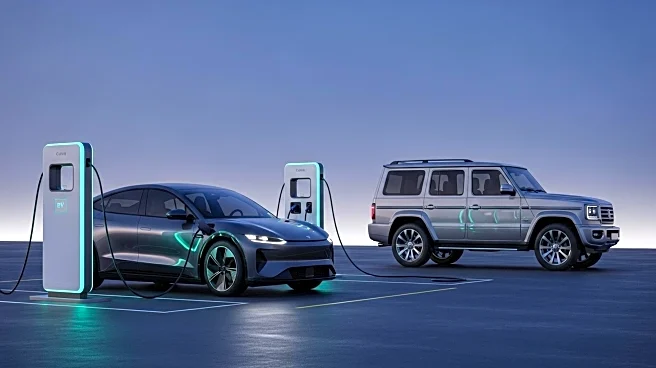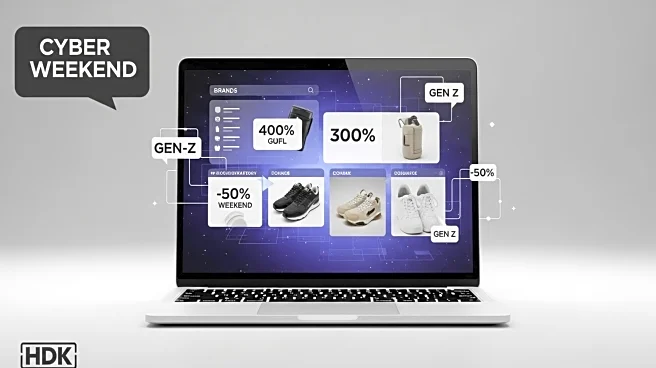What's Happening?
Brands across various industries are shifting their focus to audience planning as a strategic tool for long-term growth. This approach involves moving audience planning upstream, linking media decisions directly to business objectives. The automotive industry, for example, is redefining its audience strategy to align with the transition to electric vehicles (EVs). This shift requires brands to identify new customer segments, such as younger, more diverse, and urban consumers, who are more likely to adopt EVs. The integration of AI in audience planning is also being explored to enhance the process, although it cannot replace the strategic insights required for effective audience engagement.
Why It's Important?
The shift towards upstream audience planning represents a significant change in how brands approach marketing and business strategy. By focusing on future customer segments, brands can better position themselves to capture emerging market opportunities and drive sustainable growth. This approach is particularly relevant in industries undergoing significant transformation, such as automotive, where the transition to EVs requires a redefinition of target audiences. The use of AI in audience planning can provide valuable insights and improve efficiency, but it must be carefully aligned with business objectives to be effective.
Beyond the Headlines
The move towards upstream audience planning highlights the growing importance of understanding consumer behavior and preferences in a rapidly changing market landscape. This approach requires brands to be more agile and responsive to shifts in consumer demographics and values, such as sustainability and technology adoption. It also underscores the need for collaboration between marketing and business strategy teams to ensure that audience insights are effectively integrated into decision-making processes. As brands continue to navigate these changes, the ability to anticipate and adapt to evolving consumer needs will be critical to their success.











